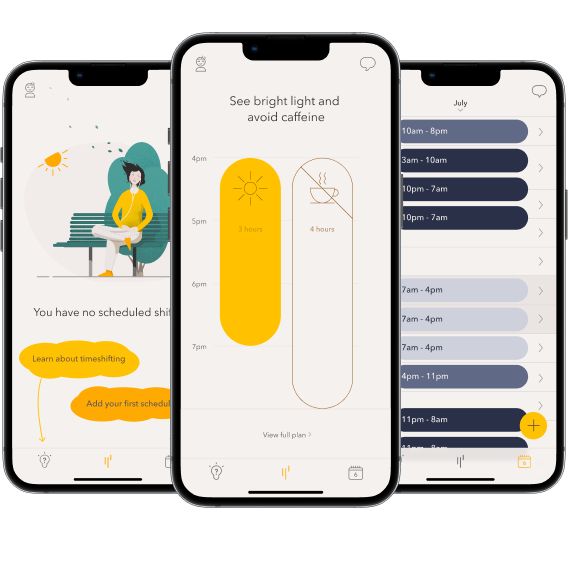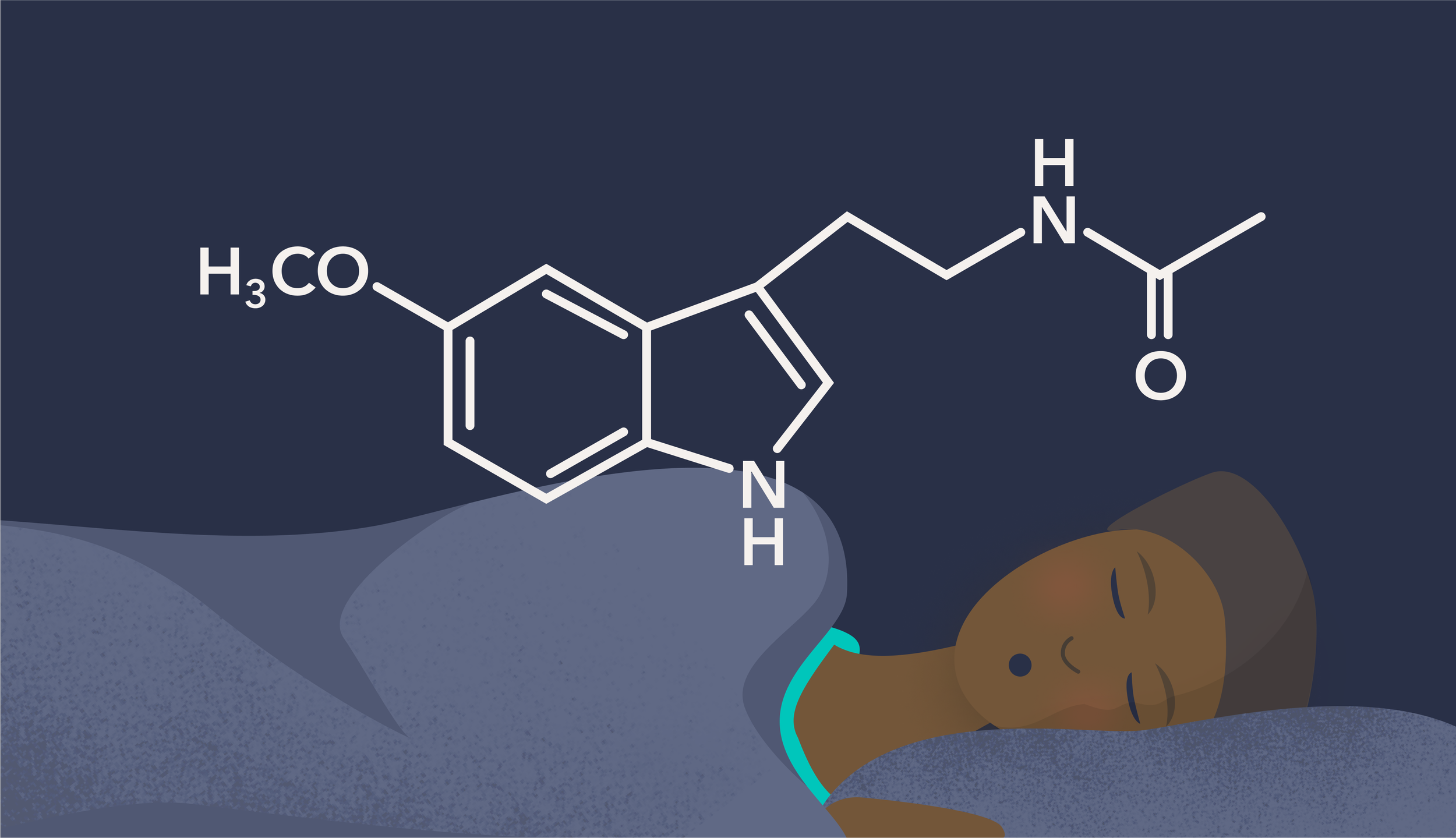Circadian rhythms and longevity
The ticking of our internal biological clocks is more than just a mechanism that regulates sleep and wakefulness—it is a critical factor determining how long we live. Circadian rhythms are endogenous, approximately 24-hour cycles that regulate numerous physiological and behavioral processes in living organisms, from algae to humans. These rhythms are generated by molecular oscillators known as circadian clocks, with the central clock in mammals located in the suprachiasmatic nucleus (SCN) of the hypothalamus. This central pacemaker, sometimes considered the conductor of the orchestra, synchronizes peripheral clocks throughout the body (the “players”), coordinating various biological processes to ensure they remain in time, including hormone secretion, metabolism, immune function, and virtually every aspect of physiology.
Circadian entrainment and misalignment
Circadian entrainment refers to the process by which environmental cues, primarily light (the most potent zeitgeber or “time-giver”), synchronize internal biological rhythms to the external 24-hour day. This synchronization occurs when the internal circadian period (termed τ, tau) aligns with the environmental cycle (called the T cycle). In humans, the intrinsic period typically averages about 24.2 hours, slightly longer than the Earth’s rotation. When properly entrained, our circadian rhythms maintain appropriate phase relationships with external cues, ensuring that biological processes occur at optimal times. Circadian misalignment, conversely, occurs when internal rhythms become desynchronized from external cues or when different internal rhythms become desynchronized from each other. This misalignment can be caused by shift work, jet lag, irregular sleep schedules, or exposure to artificial light at night—all hallmarks of modern life that challenge our evolutionary adaptations.
The limits of circadian entrainment are defined by the relationship between τ and the T cycle. Organisms can generally entrain to cycles within a limited range close to their endogenous period—what chronobiologists call the “range of entrainment.” When the T cycle deviates significantly from τ, organisms experience difficulty maintaining synchrony with the environment. If the T cycle is too far from τ, then the circadian system cannot synchronize at all and reverts to its endogenous period. This is done experimentally in humans by keeping people on an 11-, 20-, 28-, or even 42.85-hour “day” and is called a “forced desynchrony” protocol, which is used to provide an accurate measure of internal circadian period. As a general rule, the closer the environmental cycle matches the internal period, the more stable the entrainment. This relationship is crucial because stable entrainment ensures optimal timing of physiological processes, whereas unstable entrainment or non-entrainment can lead to desynchronization of internal systems, potentially contributing to accelerated aging and reduced longevity.
SCN, circadian rhythms, and survival
The critical role of circadian rhythms in longevity was dramatically demonstrated in groundbreaking field studies by Patricia DeCoursey and colleagues. They examined the effects of removing the SCN (“SCN lesions”) on survival in chipmunks under natural conditions. While laboratory studies had shown that SCN-lesioned animals maintained in controlled environments showed few adverse effects, DeCoursey’s research revealed a starkly different outcome in the wild. Chipmunks with damaged SCNs showed significantly reduced survival rates—with mortality three times higher than intact animals. These SCN-lesioned animals exhibited inappropriate activity patterns, venturing out during high-predation periods, thereby increasing their vulnerability. This research provided compelling evidence that functional circadian systems contribute significantly to survival in natural environments, suggesting that proper timing of behavior relative to environmental cycles is essential for longevity.
Imposed cycles and lifespan across species
The relationship between circadian misalignment and reduced lifespan extends across phylogenetically diverse species, revealing evolutionary conservation of this phenomenon. J. Woodland Hastings, a pioneer in circadian biology, conducted groundbreaking research on bioluminescent dinoflagellates (Gonyaulax polyedra, now Lingulodinium polyedrum) that established fundamental principles governing this relationship. Hastings demonstrated that these unicellular organisms possess endogenous circadian oscillators that control their bioluminescent glow with remarkable precision. His subsequent experiments imposing non-24-hour light-dark cycles revealed that when forced to live in environments with T cycles deviating from their intrinsic τ, these organisms showed decreased photosynthetic efficiency, impaired cell division cycles, and ultimately reduced population survival. Hastings’ work, which established the cellular autonomy of circadian rhythms, provided the first mechanistic insight into how temporal misalignment at the cellular level compromises organismal fitness.
Building on Hastings’ paradigm, later research with cyanobacteria elegantly demonstrated that strains grow optimally only when their endogenous period precisely matches the environmental light-dark cycle. The pioneering work of Takao Kondo and colleagues used strains of Synechococcus engineered with different intrinsic periods to show that even slight mismatches between τ and T resulted in competitive disadvantages. When co-cultured under specific light-dark cycles, strains whose endogenous period most closely matched the environmental cycle consistently outcompeted those with mismatched periods, demonstrating circadian resonance as a fitness determinant. In the green alga Chlamydomonas reinhardtii, similar experiments showed that temporally mismatched growth conditions reduced cellular viability, photosynthetic output, and reproductive success—further supporting Hastings’ original observations about the fundamental importance of temporal coordination for cellular survival.
The same principles are observed in mammals. Rodents maintained in light-dark cycles deviating substantially from their endogenous period exhibit comprehensive health deterioration, including accelerated aging biomarkers, metabolic dysfunction, increased cancer incidence, and shortened lifespans. Similar problems occur when rodents are kept in simulated shift work or jet lag schedules. The magnitude of these effects correlates with the degree of mismatch: the greater the deviation between τ and T, the more severe the reduction in longevity, suggesting a dose-dependent relationship between circadian disruption and lifespan. This pattern, consistent from unicellular organisms to mammals, speaks to the evolutionary conservation of temporal organization as a fundamental determinant of fitness and longevity.
Shift work as a model of circadian disruption
Shift work represents a natural experiment in circadian misalignment, offering compelling evidence linking circadian rhythm disruption to reduced longevity in humans. At least 20% of the global workforce experiences this chronic circadian misalignment, where occupational demands force activity and rest patterns contrary to endogenous rhythms. The resulting desynchronization provides researchers with a powerful model to examine how circadian disruption affects human health across multiple physiological systems.
Cardiovascular and metabolic consequences of shift work have been documented in several landmark longitudinal studies. The Nurses’ Health Study, following 78,562 women over 22 years, showed that nurses with 15+ years of rotating night shifts experienced a 38% higher risk of coronary heart disease mortality compared to day workers. This finding aligns with the Danish Nurse Cohort study, which demonstrated a 26% elevation in all-cause mortality among night shift nurses after adjusting for relevant confounders. Beyond cardiovascular effects, a comprehensive meta-analysis of 25 studies published in Occupational and Environmental Medicine identified a 25% increased risk of diabetes among shift workers, highlighting how circadian disruption fundamentally alters metabolic regulation.
Cancer risk represents another significant consequence of circadian disruption, with the International Agency for Research on Cancer classifying shift work involving circadian disruption as a probable human carcinogen. Female night shift workers demonstrate a 30–50% increased risk of breast cancer, with similar findings in male prostate cancer. These findings illuminate how circadian misalignment affects fundamental cellular processes involved in malignant transformation and tumor progression.
Immune function, a system under regulation of the circadian clock, shows marked impairment under conditions of temporal disruption. This vulnerability became particularly evident during the COVID-19 pandemic when studies found those working irregular night shifts had 2–3 times the risk of SARS-CoV-2 infection compared to daytime workers, even after controlling for exposure, PPE use, and demographic factors. The immunological impact extends beyond COVID-19—shift workers consistently demonstrate reduced antibody responses to vaccines, impaired natural killer cell activity, and higher rates of latent viral reactivation. Mechanistically, these effects stem from disruption of circadian control over immune cell trafficking, cytokine production rhythms, and inflammatory response regulation. This comprehensive dysregulation of host defense systems provides a mechanistic link between temporal disorganization and the increased morbidity and mortality observed across shift worker populations.
New app for shift workers
Timeshifter's shift work app is an entirely new way for shift workers to optimize their sleep, alertness, and quality of life. Import your work schedule to get highly personalized advice.

Conclusion: temporal harmony and longevity
The evidence across evolutionary time and biological complexity converges on a profound conclusion: the temporal organization of life processes matters for longevity. From unicellular organisms to humans, proper alignment between internal circadian rhythms and environmental cycles promotes health and extends lifespan. This relationship suggests that circadian rhythms represent a fundamental adaptation that optimizes physiological function by ensuring processes occur at appropriate times—the “early bird” has to be awake before the worm. As modern lifestyles increasingly challenge our evolutionary timing systems through exposure to man-made light, irregular work schedules, and globalized 24/7 activities that ignore local time cues, the health consequences may be significant. Understanding and respecting our circadian biology—maintaining regular sleep-wake schedules, managing appropriate light-dark exposure, and aligning activity, exercise, and eating patterns with our internal clocks—may represent an underappreciated yet powerful approach to extending healthy lifespan. Our longevity depends not just on what we do, but when we do it.






